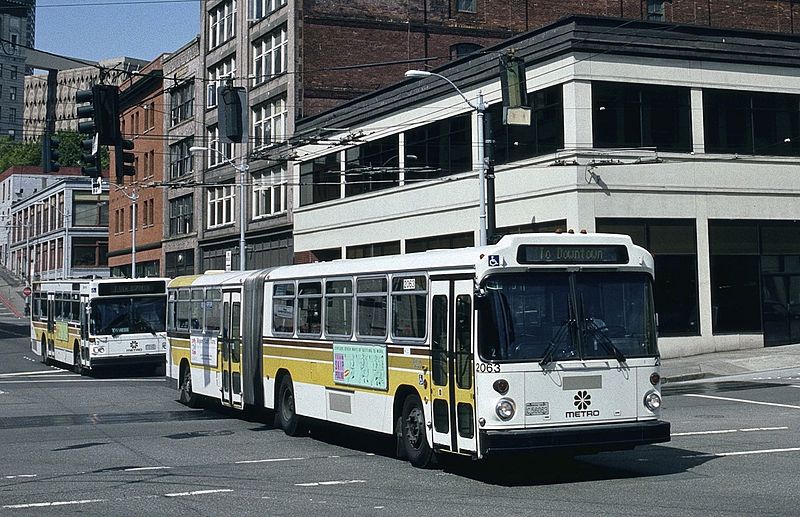In the sprawling landscape of the United States, access to reliable transportation is not merely a convenience; it is a lifeline, especially for low-income families. These families often face unique challenges when it comes to mobility, which can have significant implications for their ability to secure employment, access essential services, and participate fully in their communities.
The Transportation Challenge
For many low-income families, owning a vehicle is an unattainable luxury. According to a report from the U.S. Bureau of Transportation Statistics, low-income households are more likely to rely on public transportation than their wealthier counterparts. However, public transit systems in many areas are often underfunded and underdeveloped, leading to long wait times, limited routes, and infrequent service. In rural areas, where public transport options are often sparse or non-existent, the situation can be even more dire, forcing families to depend on unreliable ride-sharing services or informal arrangements with friends and neighbors.
Employment Implications
A survey conducted by the Urban Institute found that over 40% of low-income workers identified transportation as a barrier to employment. Jobs that are located beyond the reach of public transit can become inaccessible, particularly for those who work non-traditional hours when public transport is less available. This issue creates a vicious cycle: without stable employment, families struggle to improve their financial situation, which in turn perpetuates their transportation woes.
Access to Essential Services
Access to health care, education, and other essential services such as bus schedule for bus is also heavily impacted by transportation availability. Many low-income families must travel long distances to access affordable health care providers, and without reliable transportation, they may miss critical appointments. For children in these families, inconsistent transport can lead to irregular school attendance, negatively affecting their education and future opportunities.
Solutions and Innovations
Despite these challenges, various initiatives and programs are emerging to address transportation inequities for low-income families. Cities like Los Angeles and New York are investing in expanded public transit systems and subsidized fares specifically aimed at low-income riders. Additionally, ride-sharing companies are partnering with local governments to provide discounted rides for those in need, and community organizations are launching shuttle services to connect families with essential destinations.
Furthermore, the rise of electric scooters and bike-sharing programs is providing alternative modes of transportation that are often more affordable than traditional methods. Local governments are beginning to recognize the importance of integrating these options into broader public transport strategies to ensure accessibility for all residents.
Ahead of us
As the conversation surrounding economic inequality in the United States continues, it is crucial to prioritize the bus schedule for bus transportation needs of low-income families. Reliable transport is essential for employment, education, and healthcare access, and addressing these gaps is vital for breaking the cycle of poverty. By investing in public transportation infrastructure and creating innovative solutions tailored to the needs of these communities, we can pave the way for a more equitable future where everyone has the opportunity to thrive.
